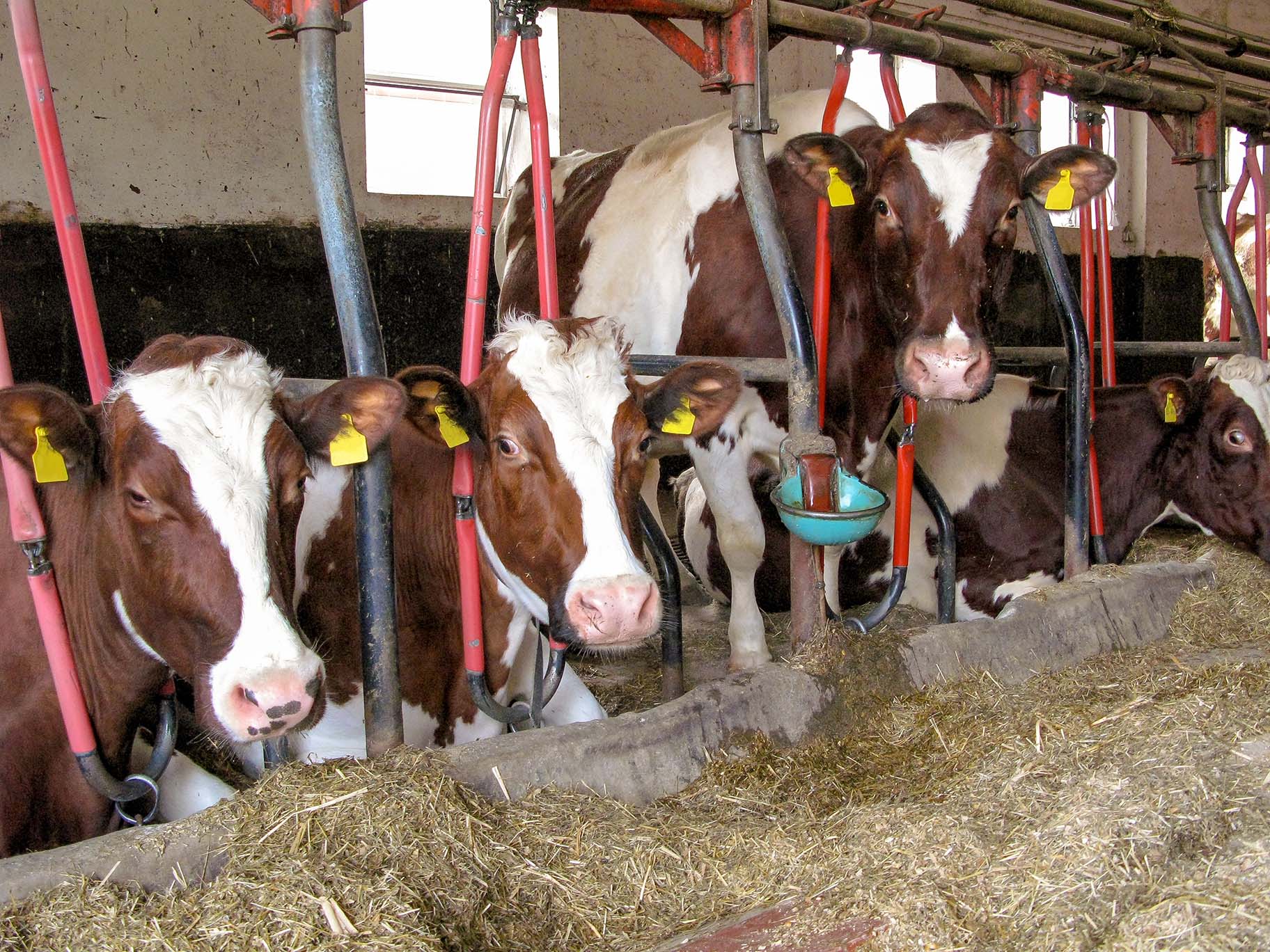To date, there is no system for farms with combination farming that can reliably detect heat events. Conventional, i.e. visual, heat observation requires a lot of effort and often poses insoluble challenges, especially for part-time businesses. As a result, the herd's fertility performance sometimes deteriorates significantly. The associated economic damage (direct and indirect through the earlier departure of the animals) is enormous.
However, with the crest-rumen motor system, an additional parameter has recently become available that is independent of the type of husbandry and should therefore enable greater accuracy in heat detection.
In the current project, in collaboration with the company Smaxtec and the Salzburg Chamber of Agriculture, several farms where combination farming is practiced are being equipped with rumen sensors. By comparing the sensor data with milk samples from the individual animals, the identification of estrous-related patterns in the rumen motor system should be made possible. On this basis, the Smaxtec system should be further improved and can also reliably identify animals in heat on farms with combination farming.










